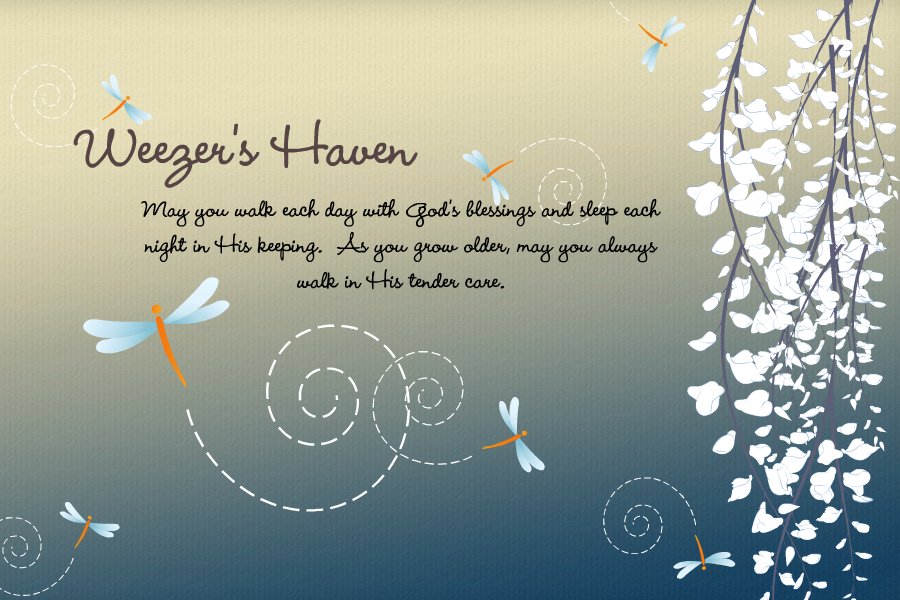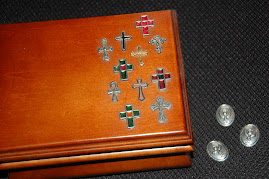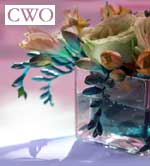This is one of those little things that we use day in and day out. I don't know about you, but this holiday season I've used roll after roll of the stuff. Have you ever wondered how you would have wrapped all of those packages without it?
Remember: this is from March 1949
He put things on the mend -- by solving a problem that didn't exist
STICK-UP MAN
Condensed from The Saturday Evening Post
by Robert M. Yoder
This year Americans will use a million miles of a colorless tape that looks like nothing at all - the more so, the better. They will use it in a thousand different ways, almost none of which its inventor had in mind.
Girls in strapless evening gowns use it to tack corsages to their lovely clavicles. Movie heroes use it to pin back protruding ears. Bachelors mend rips and farmers patch cracked turkey eggs with it. The tape has been used to make shoelace tips and to keep children from scratching mosquito bites. It is used to take the lint off clothes, to glamorize gift packages and mend false teeth. Some women even wear it on their foreheads while doing the housework; they think it cures them of frowning, and thus avoids wrinkles.
Richard G. Drew, who invented the stuff called "Scotch tape," thought a sealing material whose virtue was near-invisibility would be useful to seal cellophane packages, say of candy or bakery goods. But Drew brought down many more ducks than he knew were flying. Usually, an inventor has to find a need for his idea. In this case, customers invent uses.
The article goes on to give you the history of the tapes. I did my own research and have condensed it further:
Scotch tape was invented in 1930 by banjo playing 3M engineer Richard Drew. Scotch tape was the world's first transparent adhesive tape. Richard Drew also invented the first masking tape in 1925, a two-inch-wide tan paper tape with a pressure sensitive adhesive backing. In 1923, Richard Drew joined the 3M (Minnesota Mining & Manufacturing) company located in St. Paul, Minnesota. At the time, 3M only made sandpaper. Drew was product testing 3M's Wetordry brand sandpaper at a local auto bodyshop, when he noticed that auto painters were having a hard time making clean dividing lines on two-color paint jobs. Richard Drew was inspired to invent the world's first masking tape in 1925, as a solution to the auto painters' dilemma.
Brandname Scotch
The brandname Scotch came about while Richard Drew was testing his first masking tape to determine how much adhesive he needed to add. The bodyshop painter became frustrated with the sample masking tape and exclaimed, "Take this tape back to those Scotch bosses of yours and tell them to put more adhesive on it!" The name was soon applied to the entire line of 3M tapes.
Scotch Brand Cellulose Tape was invented five years later. Made with a nearly invisible adhesive, the waterproof transparent tape was made from: oils, resins, and rubber; and had a coated backing.
According to 3M
Richard Drew, a young 3M engineer, invented the first waterproof, see-through, pressure-sensitive tape, thus supplying an attractive, moisture-proof way to seal food wrap for bakers, grocers, and meat packers. Drew sent a trial shipment of the new Scotch cellulose tape to a Chicago firm specializing in package printing for bakery products. The response was put this product on the market! Shortly after, heat sealing reduced the original use of the new tape. However, Americans in a depressed economy discovered they could use the tape to mend a wide variety of things like torn pages of books and documents, broken toys, ripped window shades, even dilapidated currency.
John A Borden - Tape Dispenser
John A Borden, another 3M engineer invented the first tape dispenser with a built-in cutter blade in 1932. Scotch Brand Magic Transparent Tape ® was invented in 1961, an almost invisible tape that never discolored and could be written on.




















0 comments:
Post a Comment